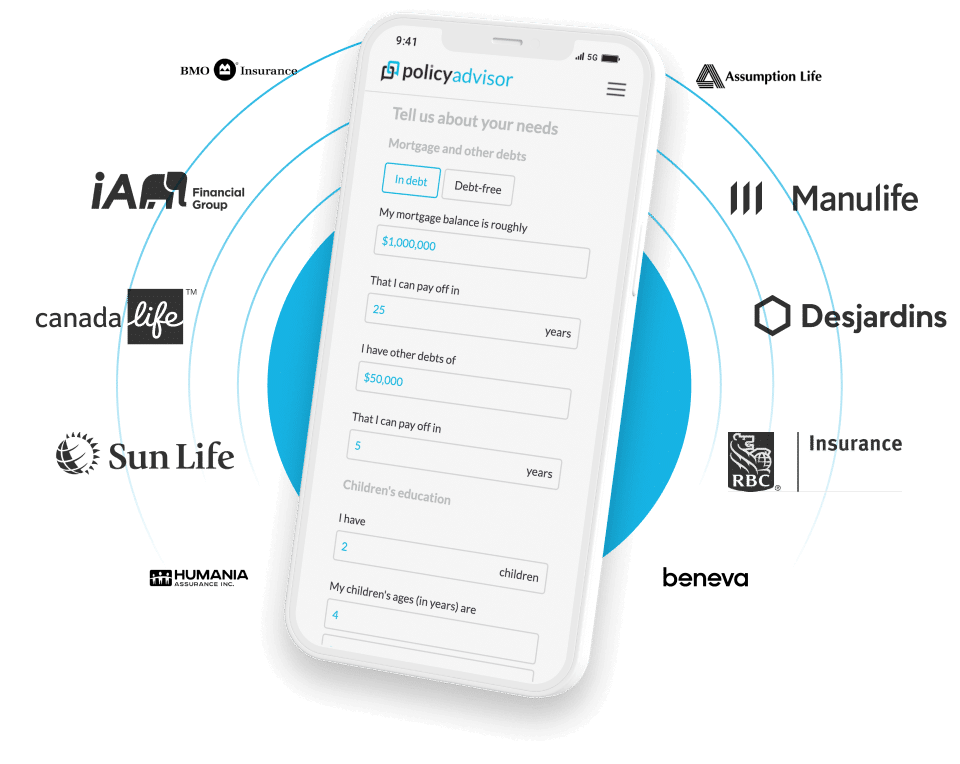
Whether you’re growing your family or your business, a bank account is a safe and reliable place to keep your money. Savings accounts improve your financial organization and encourage you to save more. Some savings accounts even offer tax incentives.
The 7 types of savings accounts available in Canada are basic savings accounts, youth savings accounts, high interest savings accounts, registered retirement savings plans, registered education savings plans, registered disability savings plans, and tax-free savings accounts.
If you’re looking to open a savings account but aren’t sure where to start, keep reading to find out how savings accounts and registered retirement savings plans work in Canada.
The different types of savings accounts in Canada
Basic savings account
A basic, entry-level savings account is very similar to a chequing account but designed as a place to store your money long-term. Most regular savings accounts offer a very low interest rate, usually around 0.30%. Some banks and credit unions may require you to maintain a minimum balance in order to avoid fees. Most basic accounts, however, will keep these fees and limitations low. Many financial institutions also offer a U.S.-dollar based savings account.
Youth savings account
Youth savings accounts are accounts that are offered to Canadian residents under the age of 18 and usually have very few – if any – monthly fees or limitations on transactions. A youth savings account will usually provide a high or unlimited number of transactions and require no minimum balance. A youth savings account is an excellent tool to teach children the importance of saving.
High interest savings account
High interest savings accounts in Canada typically have no minimum deposit requirement, with annual interest rates ranging from 1.05% at major banks to nearly 2.00% at online banks and some credit unions. These accounts are very similar to regular savings accounts, but with higher interest rates and more restrictions around withdrawals and minimum balance. U.S.-dollar-based high-interest savings accounts are available at many financial institutions.
Registered savings account
This type of savings account in Canada is called a registered savings account because each account must be registered with the Canada Revenue Agency (CRA) to qualify for a tax benefit. These tax benefits are a major incentive for opening a registered savings account. Many registered savings accounts have a lifetime or yearly contribution limit.
Investments can be held in registered accounts and extend beyond cash to include qualified investments like stocks, mutual funds, GICs, and savings bonds. There are four different types of registered savings accounts in Canada:
Registered Retirement Savings Plan (RRSP)
A Registered Retirement Savings Plan (RRSP) is a savings plan created by the Federal government to help Canadians save for retirement. The main benefit of RRSPs is that tax on contributions is put off until retirement when income is generally lower.
RRSPs are tax-deferred, which means that any money you contribute now will be exempt from this year’s taxes and instead will be taxed when you withdraw it. At this time you will be earning a lower income or none at all. Contributing to your RRSPs is a great way to lower your current tax bill and save for retirement. Under the Homebuyers Plan and Lifelong Learning Plan, you can withdraw money up to a certain limit to finance your home purchase and to finance training or education.
Registered Education Savings Plan (RESP)
A Registered Education Savings Plan (RESP) is a special savings plan introduced to help people save for children or grandchildren’s post-secondary education. In addition, the Canadian government also has the Canada Education Savings Grant, a program that matches 20% of any RESP contributions to a maximum of $500 per child per year.
Unlike RRSPs, a deposit into an RESP will not provide you with an immediate tax break. As long as the funds are in the account, however, capital gains within the account are not subject to taxes. When the funds are withdrawn to be used for an approved education expense, which includes tuition, housing, books, or even living expenses, the withdrawals are taxed in the hands of the student, the beneficiary. Many parents and grandparents also consider children’s life insurance as an alternative to RESPs.
Registered Disability Savings Plan (RDSP)
Registered Disability Savings Plans (RDSPs) let you put money into a registered account to support a person with a disability. When this person needs funds, they can withdraw the savings and any earnings they have produced. Like RESPs, an RDSP is also eligible for grants from the Government of Canada and contributions are not tax-free. You can withdraw funds from a RDSP tax-free, but you will have to pay taxes on any income the RDSP earns and return any government grants.
Tax-Free Savings Account (TFSA)
A Tax-Free Savings Account (TFSA) is a registered savings account that can be used for any savings goal and allows for tax-free gains. Any amount contributed and any income earned in the account (ie. investment income) is typically tax-free, even when it is withdrawn.
Banks, credit unions, and trust companies can all administer TFSAs. One of the most appealing features of the TFSA is its flexibility with withdrawals. Unlike an RRSP, you can withdraw from a TFSA at any time without penalty.
When you are looking to save money in Canada, taking advantage of the different types of savings accounts can provide you with many benefits. Whether you want to simply avoid fees, save for your child’s education, or contribute towards your retirement, saving has never been more accessible and advantageous considering both your options and new online-banking alternatives.




